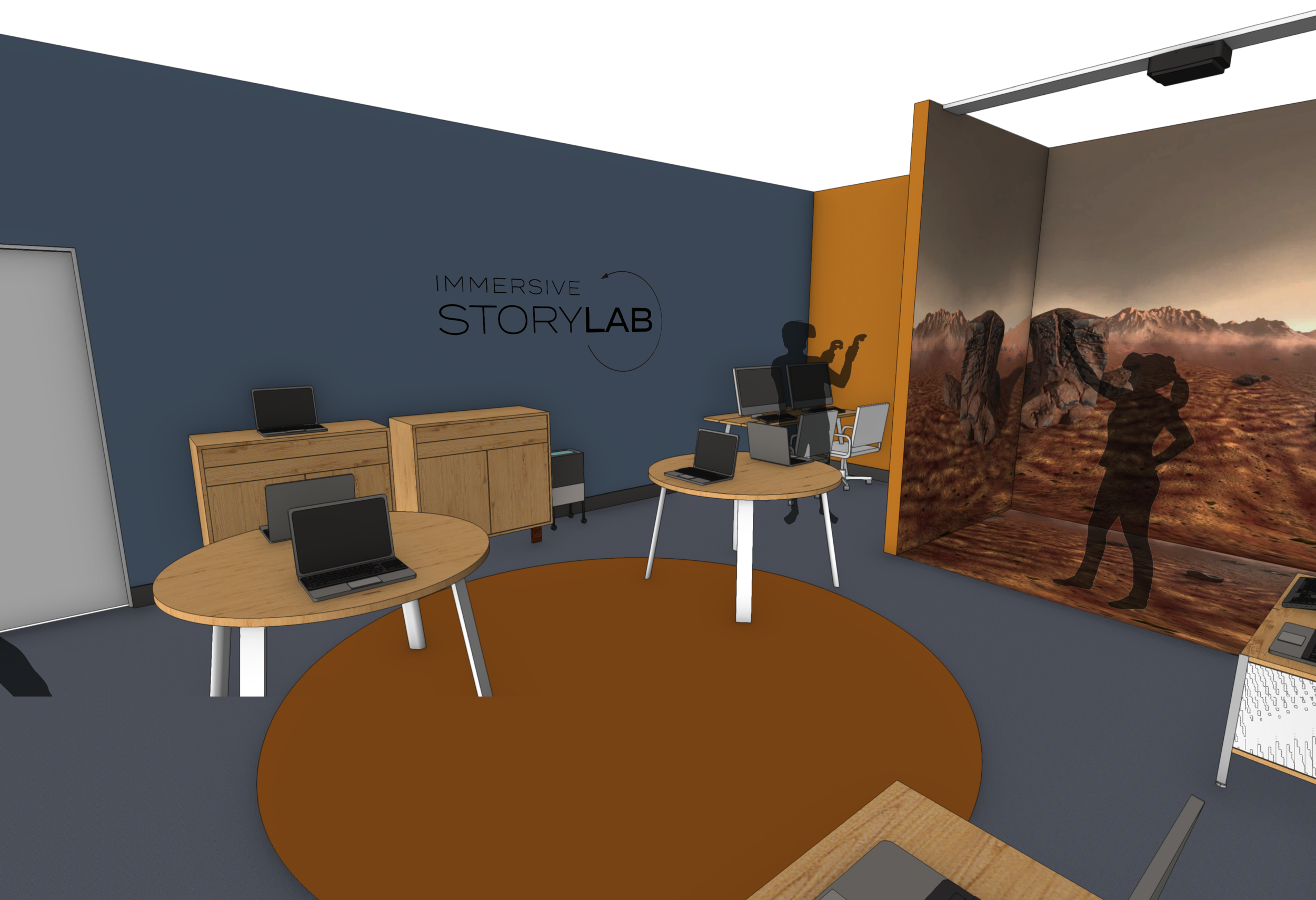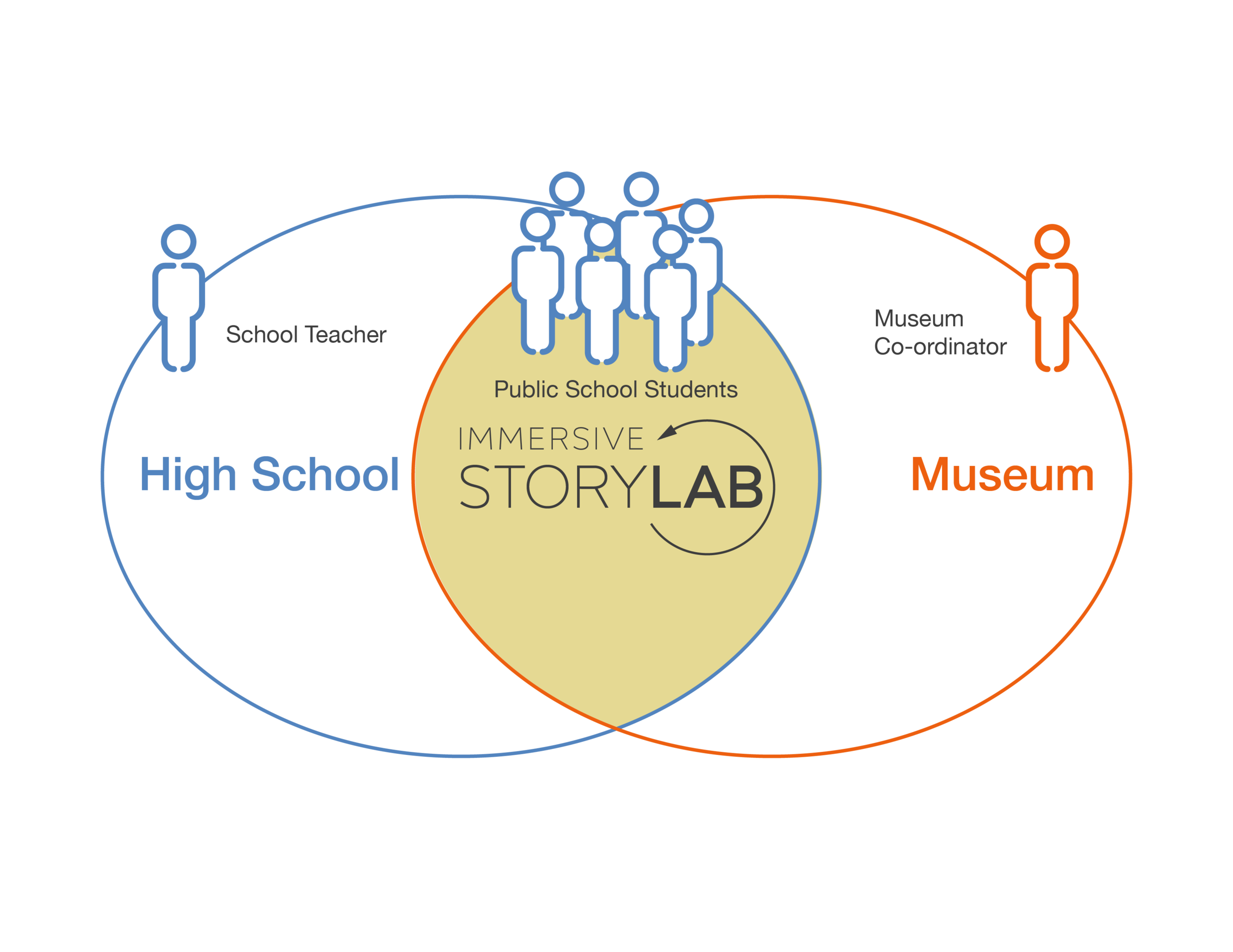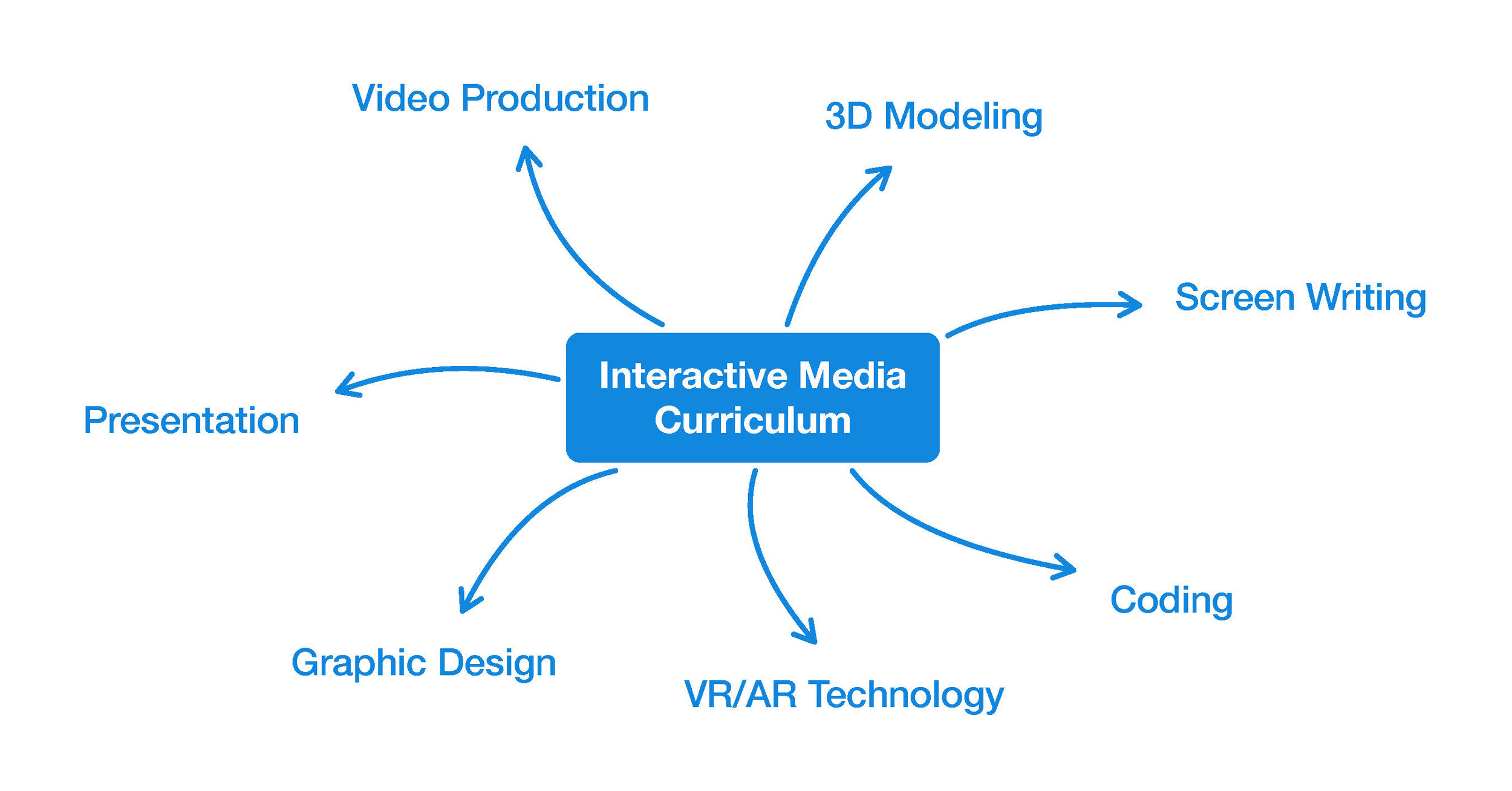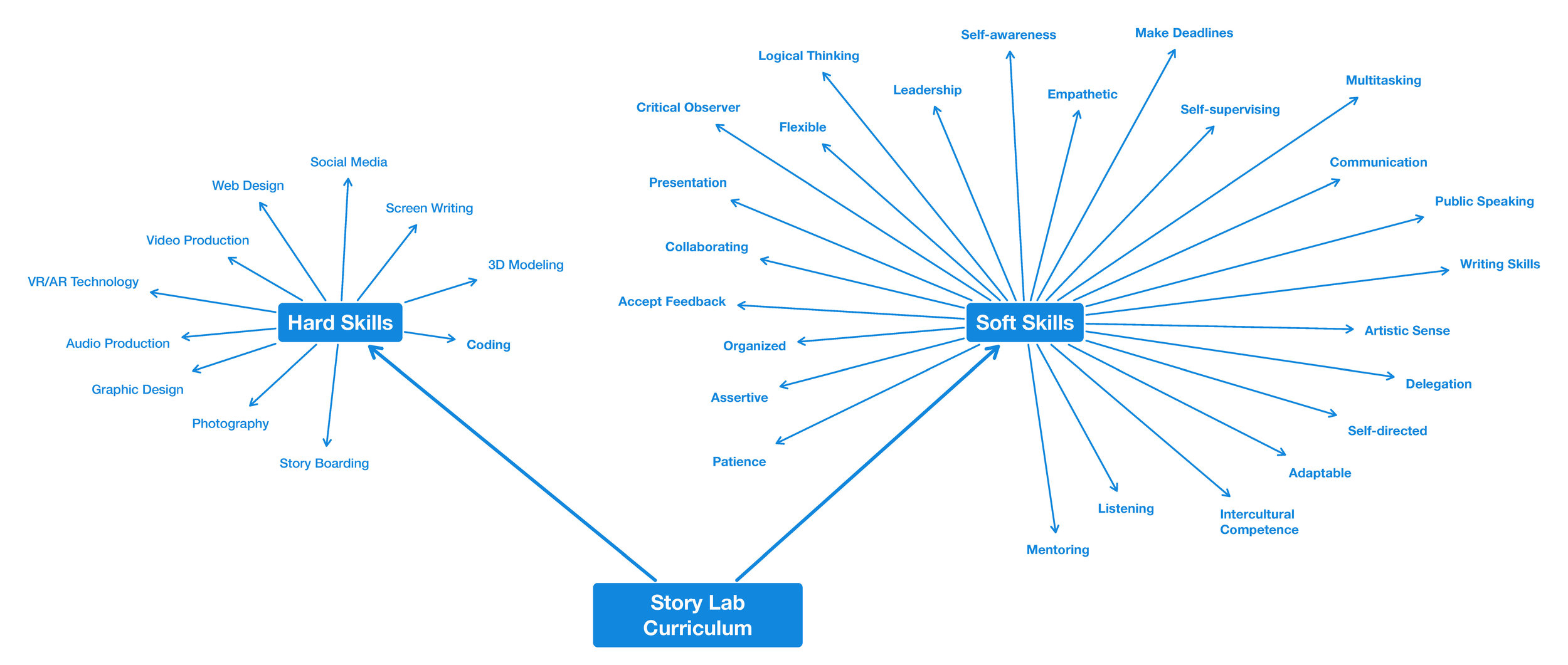Immersive Story Lab: Strengthening the Partnership Between Public Schools and Museums
Abstract
Traditionally, jobs in mathematics, engineering, and information technology are thought of as the primary employment opportunities in the fields of science and technology, but a fast-growing subsector of information technology is interactive digital media. Careers in this field include video and computer game design, Internet publishing, smartphone/tablet app design, and a variety of other digital media production outlets. How can we cultivate a new generation of innovators here in the United States to work in these types of positions and expand the field? This thesis attempts to address the question by proposing a shared creative learning space—for this investigation an Immersive Story Lab—through a partnership between high schools and science museums. The example project or Immersive Story Lab would help build skills for both students and teachers through projects that could introduce the newest technologies such as virtual reality (VR), augmented reality (AR), coding, sound, video, projection mapping, and other forms of interactive digital media. Learning these new technologies through a school and museum partnership could also open awareness of creative practice in the tech fields, an area rarely addressed in traditional high schools. This awareness leads to new possibilities for future employment in the technology field for many young people whose schools’ current curriculums, facilities, and equipment haven’t focused on these nontraditional career paths. This partnership could also benefit the teachers and staff at the school, providing technology training and professional development. For museums, the partnership offers the opportunity to attract a new, and more diverse, generation of museum goers. The viability, as well as potential challenges, of this proposed model are also assessed in this thesis through a series of case studies of museums, schools, and community media programs



